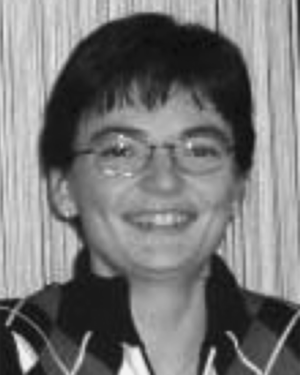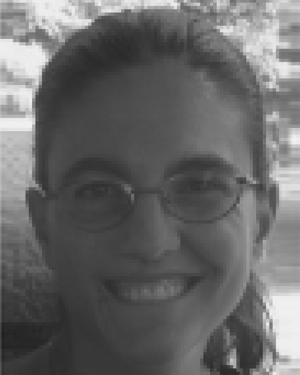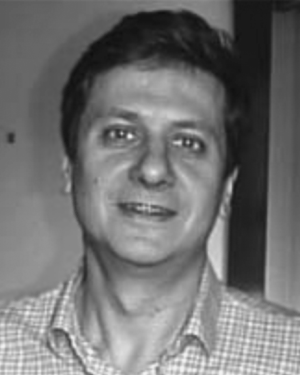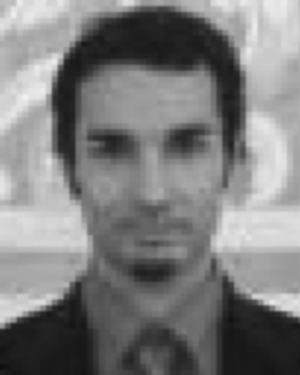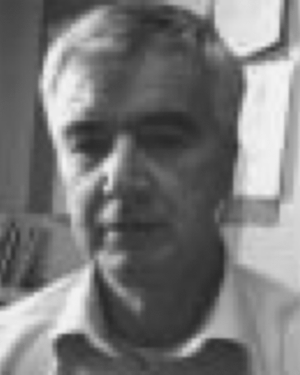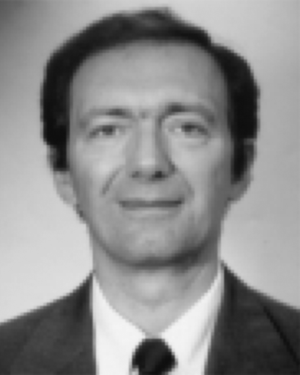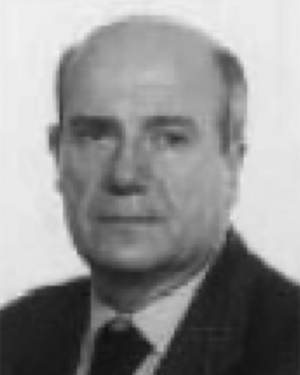Massimo Rudan (M'80–SM'92) received the degree in electrical engineering and the degree in physics from the University of Bologna, Bologna, Italy, in 1973 and 1976, respectively.
Since 1975, he has been with the Department of Electronics, University of Bologna. Since 1978, he has been teaching a course on quantum electronics with the Faculty of Engineering of the same University. In 1990, he was appointed as a Full Professor of microelectronics with the University of Bologna. Since 1983, he has been working in a group that is involved in investigations on physics of carrier transport and numerical analysis of semiconductor devices. From 1986 to 1987, he was a Visiting Scientist with the IBM Thomas J. Watson Research Center at Yorktown Heights, NY, studying the discretization techniques for the higher order moments of the Boltzmann transport equation. He collaborated with IBM for several years afterward, investigating and implementing impact-ionization models based on the average energy of the carriers and studying solution schemes of the Boltzmann equation based on the spherical-harmonics expansion. Since 1983, he has been involved as a Partner Representative or Task Leader in a number of successive ESPRIT projects in the area of CAD for VLSI, and in other projects supported by the National Council of Research, IBM, and SGS-Thomson Microelectronics.
Prof. Rudan has been, or currently is, a Guest Editor of the IEEE Transactions on Computer-Aided Design, Editor of COMPEL, Editor of The International Journal of Numerical Modelling, Chairman, Committee Member, or Organizer, of the SISDEP, ESSDERC, and IWCE Conferences. With Prof. H. Baltes of ETH Zurich and Prof. W. Goepel of Universitat Tubingen, he was a recipient of the 1998 Koerber Foundation Award for the Project Elektronische “Mikronase” fur fluchtige organische Verbindungen. Since 1998, he is a President of the Board of Electronics of the University of Bologna. He is one of the initial proposers of the Advanced Research Center for Electronic Systems, founded in 2001 at the University of Bologna, and currently leads WP5 on device modeling and quantum computing.
Massimo Rudan (M'80–SM'92) received the degree in electrical engineering and the degree in physics from the University of Bologna, Bologna, Italy, in 1973 and 1976, respectively.
Since 1975, he has been with the Department of Electronics, University of Bologna. Since 1978, he has been teaching a course on quantum electronics with the Faculty of Engineering of the same University. In 1990, he was appointed as a Full Professor of microelectronics with the University of Bologna. Since 1983, he has been working in a group that is involved in investigations on physics of carrier transport and numerical analysis of semiconductor devices. From 1986 to 1987, he was a Visiting Scientist with the IBM Thomas J. Watson Research Center at Yorktown Heights, NY, studying the discretization techniques for the higher order moments of the Boltzmann transport equation. He collaborated with IBM for several years afterward, investigating and implementing impact-ionization models based on the average energy of the carriers and studying solution schemes of the Boltzmann equation based on the spherical-harmonics expansion. Since 1983, he has been involved as a Partner Representative or Task Leader in a number of successive ESPRIT projects in the area of CAD for VLSI, and in other projects supported by the National Council of Research, IBM, and SGS-Thomson Microelectronics.
Prof. Rudan has been, or currently is, a Guest Editor of the IEEE Transactions on Computer-Aided Design, Editor of COMPEL, Editor of The International Journal of Numerical Modelling, Chairman, Committee Member, or Organizer, of the SISDEP, ESSDERC, and IWCE Conferences. With Prof. H. Baltes of ETH Zurich and Prof. W. Goepel of Universitat Tubingen, he was a recipient of the 1998 Koerber Foundation Award for the Project Elektronische “Mikronase” fur fluchtige organische Verbindungen. Since 1998, he is a President of the Board of Electronics of the University of Bologna. He is one of the initial proposers of the Advanced Research Center for Electronic Systems, founded in 2001 at the University of Bologna, and currently leads WP5 on device modeling and quantum computing.View more 

